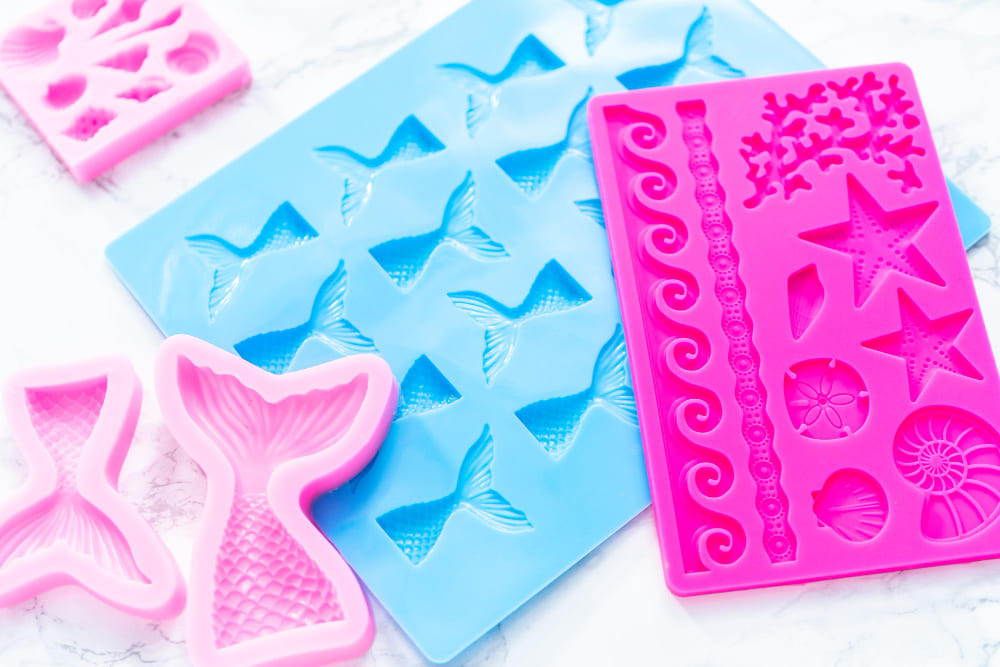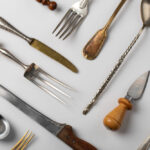Baking is an art, and like any artist, a baker’s tools are critical to the process. Silicone molds and baking molds have revolutionized the way we bake, offering unparalleled versatility, durability, and ease of use. Whether you’re a weekend baker or a professional pastry chef, these molds can help elevate your creations. In this guide, we’ll explore the advantages of silicone mold, the types of baking molds available, and some pro tips to get the most out of your baking.
Why Silicone Molds Are a Game-Changer
Silicone molds have become increasingly popular due to their flexibility and ease of use. Here are a few reasons why they’re essential for any baker:
1. Non-Stick Surface
Silicone molds have a natural non-stick surface, which means you can easily release cakes, chocolates, and other baked goods without worrying about them sticking or breaking. This makes them perfect for delicate desserts like cakes, mousses, and jellies.
Pro Tip: Even though silicone mold are non-stick, a light spray of baking spray or a dusting of flour can ensure an even easier release, especially for intricate designs.
2. Heat and Cold Resistance
Silicone molds are incredibly versatile and can handle a wide range of temperatures—from the oven to the freezer. They’re perfect for baking at high temperatures, and you can also use them to make frozen treats like ice creams or sorbets.
Pro Tip: Always check the mold’s temperature rating to ensure it’s suitable for your baking or freezing needs.
3. Flexible and Durable
Unlike metal molds, silicone molds are flexible, allowing you to easily pop out your baked goods with little effort. They can also be folded or squished for storage without losing their shape or durability.
4. Easy to Clean
Silicone molds are dishwasher-safe, making cleanup a breeze. Their non-porous surface means that food residue doesn’t stick or stain, ensuring that your molds stay in great condition for years.
Types of Baking Molds You Need in Your Kitchen
There’s a vast range of baking molds available to suit different baking needs, whether you’re making cupcakes, breads, or intricately shaped desserts. Here are some common types and their uses:
1. Cake Molds
Silicone cake molds come in a variety of shapes and sizes, from traditional round and square pans to fun shapes like hearts, stars, or even flowers. These molds are ideal for creating beautifully shaped cakes without the need for tricky carving or assembly.
Pro Tip: For multi-layered cakes, consider using silicone cake rings, which allow for easy, even layers.
2. Cupcake and Muffin Molds
Cupcake and muffin molds made of silicone are a baker’s dream. They eliminate the need for paper liners, and the baked goods can be popped out effortlessly. They also come in individual sizes or connected sheets for baking multiple treats at once.
Pro Tip: For even baking, fill each mold to about 2/3 full to prevent overflow and ensure a consistent rise.
3. Tart and Quiche Molds
Silicone tart molds are perfect for creating smooth, even edges on your tarts or quiches. Their non-stick surface makes it easy to remove delicate crusts without damage. They’re also ideal for blind baking as they provide even heat distribution for golden, flaky results.
Pro Tip: Use pie weights or dried beans when blind baking in silicone tart molds to prevent the crust from puffing up.
4. Chocolate and Candy Molds
Making homemade chocolates or candies? Silicone molds with intricate designs allow you to create professional-looking sweets right in your kitchen. From geometric shapes to seasonal designs, the possibilities are endless.
Pro Tip: When making chocolates, ensure the molds are completely dry to prevent any water from seizing the chocolate. For perfect shiny chocolates, use a tempered chocolate mix.
5. Specialty Molds (Bundt, Doughnuts, etc.)
For more complex shapes like Bundt cakes or doughnuts, silicone molds offer an easy release without the worry of breaking the cake. They also come in a range of artistic and intricate designs that can turn a simple cake into a show-stopping centerpiece.
Pro Tip: When using Bundt or other intricate molds, allow the cake to cool completely before attempting to remove it from the mold. This helps to avoid breaking or sticking in the detailed crevices.
How to Get the Best Results with Silicone Molds
To make the most of your silicone molds, follow these simple but effective tips:
1. Grease and Flour for Delicate Designs
Although silicone molds are non-stick, greasing and flouring the mold for more delicate designs can ensure that all the details come out perfectly without breaking.
2. Use a Baking Sheet for Stability
Due to their flexibility, silicone molds can be difficult to handle when filled. Always place your mold on a sturdy baking sheet or tray before filling it to provide better stability and make it easier to move around.
3. Adjust Baking Time
Silicone molds can sometimes result in longer baking times due to their insulating properties. Keep an eye on your bakes, especially for cakes, and consider adding a few extra minutes to your baking time if necessary.
4. Freeze for Easy Release
If you’re working with particularly sticky ingredients like caramel or marshmallow, pop the mold in the freezer for a few minutes before trying to remove your baked goods. This will help them release more easily.






